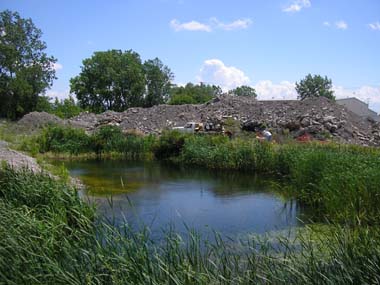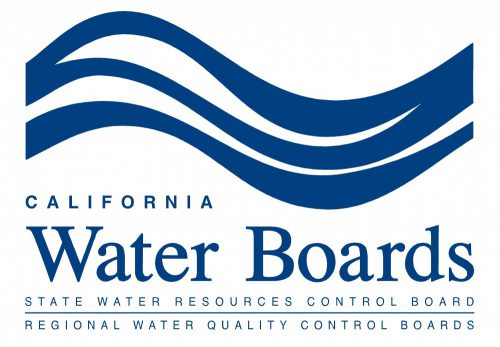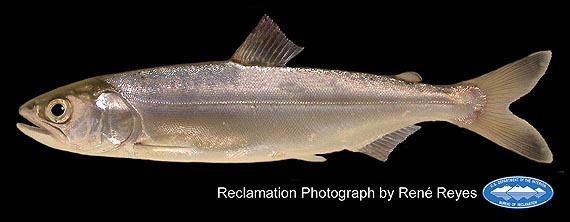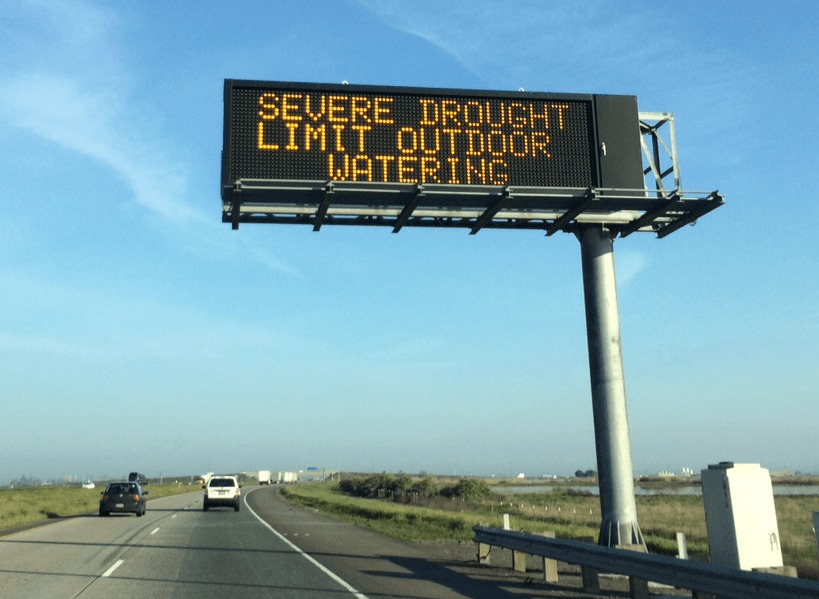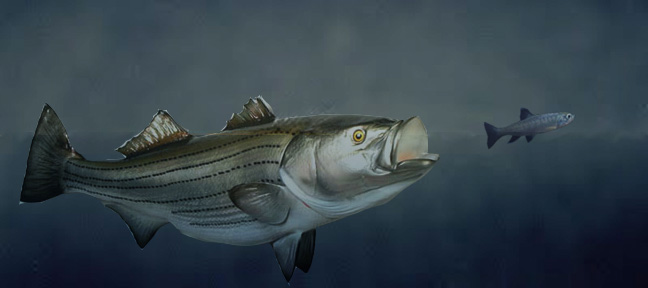Salmon need help in California, but what kind? Salmon need help in California. Unfortunately, L.A. Times opinion writer, Michael Hiltzik, isn’t doing them any favors by furthering the notion that more water in the Delta’s sterile waterways is the solution. Hiltzik completely ignores the economic consequences that have devastated San Joaquin Valley farms, farmworkers, and […]
Making good decisions – Getting results
Making good decisions – Getting results During the recent drought, Californians were called to reevaluate how we use, manage, and share water to get through the crisis. Farmers received only small fractions of the surface water they needed to grow food, and strident mandatory cuts were imposed on our cities, forcing us all to ask how to […]
Reactions to State Board Unimpaired Flows Action
Reactions to State Board Unimpaired Flows Action On September 15, the State Water Resources Control Board released an updated proposal for the Bay Delta Water Quality Plan, expanding the pursuit of increased flow in it’s approach for addressing species decline in the Sacramento-San Joaquin River system. “If implemented, the State Water Board’s rule will have […]
Farmers helping fish
There has been considerable conflict lately between water users and fishery managers over the operation of the Sacramento-San Joaquin Delta. Biological opinions dating back to 2008 and 2009 have wreaked havoc on water supplies for farms, homes and businesses in the San Joaquin Valley and Southern California. Between December 1, 2015 and April 4, 2016, […]
The bleeding of agriculture
Approximate number of acre-feet of fresh water flushed to the ocean since December 1, 2015 One acre-foot is 325,851 gallons. It is enough water to meet the household needs of two California families for an entire year. Every day more than 6,600 acre-feet, or more than 2 billion gallons, of precious water is flushed to the ocean. […]
Timing is Everything
Timing is Everything. NRDC’s Doug Obegi wrote in a recent blog that we’ve captured and diverted too much water in the state’s reservoirs in January. He claims that “prevailing science” indicates that we shouldn’t be diverting more than 20 percent of unimpaired flows but he doesn’t tell us what science that is. A link in his blog […]
What do fish eat? Fish.
UPDATED 5-29-15 Assembly Member Rudy Salas (D-Bakersfield) has introduced AB 1201, a legislative bill that would require the California Department of Fish and Wildlife to develop and initiate a science-based approach that helps address predation by non-native species on Delta species. According to analysis prepared by Assembly Water, Parks and Wildlife Committee staff, the bill would accomplish […]
Fish don’t have calendars
Federal government cuts water supply to farms On January 1 the federal National Marine Fisheries Service (NMFS) instituted a management action that reduces water deliveries to 25 million Californians and millions of acres of struggling drought impacted farmland. All of this is done in the name of protecting salmon. But fish don’t have calendars. Regrettably, […]
